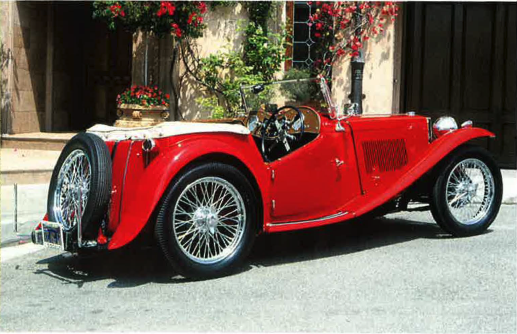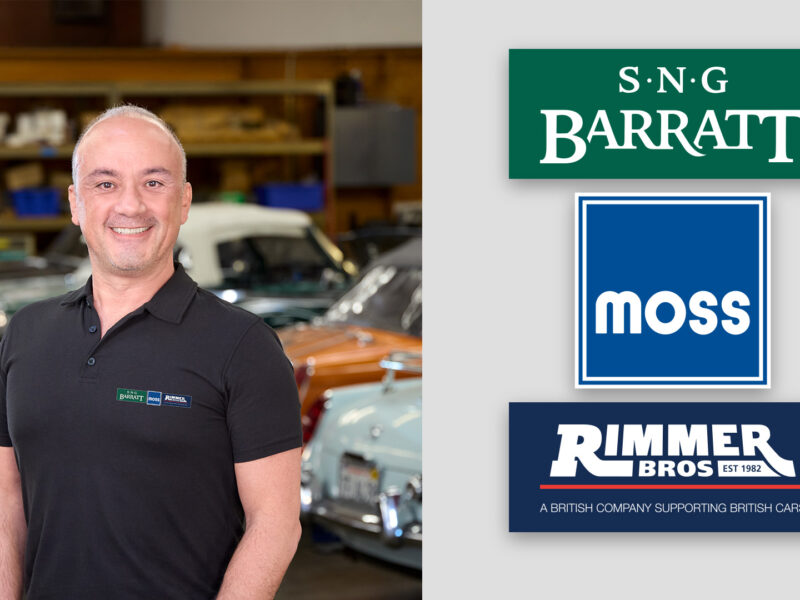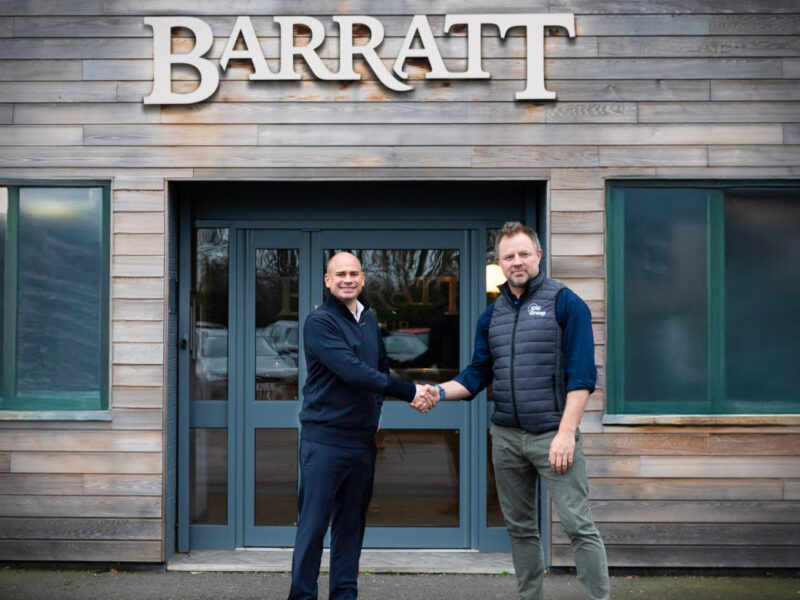To read earlier parts of this series, click the following links:
By Marcham Rhoade
Sam Bennett concludes his story of life and times at Abingdon.
At the end of each September, when the competition season was finished, I was sent over to the service department to work on cars that had been involved in accidents. The cars were dismantled and all the parts were laid out on paper on the shop floor, so that when the insurance people came, they could inspect the damage and estimate the cost of repairs.
When the cars came into the service department, John T. Hornley, who was then Service Manager, would first of all make sure all personal belongings which had been left in the car were removed and placed into safe custody. They were then returned to the car when repairs were completed.
Meanwhile, if you needed parts to undertake the repair, you placed a list of the spares needed in a small box and this box would be placed on the counter at the front of the store. You did not wait for the storeman to hand them over, as the parts would be brought to you at your work station, so no time was wasted going off the job.
There were times after the racing season was over when we would be laid off completely, and you had to look for other work to get you through the offseason. Then the factory would send for you again. Sometimes in March or early April, sometimes by car, sometimes by telegram, asking you to return to Abingdon in time for the new competition season. One time when I was laid off, I went up to the Osberton Radiator factory in Summertown and landed a job working on radiators. For this work, you needed a small hammer, a second cut file, and some emery paper. The task involved removing the small dents from the radiator brass shell where it had been pressed and before it was chrome plated. If this were not done, small imperfections known as “birdseyes” would appear when the shell was chromed. However, this job didn’t last long, as my union secretary pointed out that I was taking the job of a member of the sheet metal union and I was in the rival engineering union.
Another time, I found a job at Morris’, and, being unable to get a job in the Works on production (unions again), I started employment with a firm of contractors by the name of Carrier Engineering based in London, who were installing the new spraying and dipping plants at Cowley Works. The dipping plant was similar in looks to a scenic railway. There were huge ovens and the conveyor chains, carrying steel bars up and down right to the end of the huge workshop. Components were added to the line at various points, items such as battery cages, wheels, in fact, anything that needed stove enameling. Then they went off for a bath of caustic for cleaning and then into the ovens to dry them off. Then they were passed into the enamel itself, following which it was baked on, dried, and the items removed from the track.
We also built a spraying booth over the top of the conveyor. As the cars moved along, men with oilskins and Wellington boots would be in the spray booth with guns containing whatever color of paint was required. I must say the atmosphere in the booth was very good, as no spray mist came higher than their waists. The floor was a huge grating and had water passing underneath, very much like a river, and this carried away all the spray that didn’t go on the cars.
Another September, when I was shut out from MG, I went over to the Pressed Steel plant, which was alongside the Morris Works at Cowley. I got a job with the safety engineer on the huge presses. I wasn’t there very long, but got a good insight into how car bodies were pressed before being sent over to Morris Works. In later years, the cars went across by conveyor over a bridge to the Works. In our day we pushed them across the road by hand.
Also in those days there were a lot of fabric bodies made at Morris Motors. Watching the upholsterers at work was an education. They would use their left hand to stretch the fabric or leather, and in their right hand they would have a magnetic hammer. The hammer was slit down the middle of the head for opposite polarity. Then, taking a mouthful of blue tacks they would stretch the fabric, take a tack with the hammer and would put the tacks in just as fast as a machine gun! However, occasionally they swallowed (or thought they had) one of the tacks and they would then be given a “cotton wool sandwich” (two slices of bread with cotton wool filling!) at the ambulance station. The cotton wool would then hopefully congeal around the tack and make life a little easier when nature eventually took its course.
People used to want to work at Morris Cowley because they were paid on production and conditions were far better then elsewhere. Lord Nuffield provided almost everything the workers needed, such as hospitals and share ownership for employees. In fact, in the Works, they could go and have a tooth out, or go for a haircut, and if they had a headache, they could go and get a powder, as part of the working environment that former William Morris created. Many of the things we take for granted today were standard practice at Morris Motors over 70 years ago.
One final memory of my time in Oxford to finish my story: When the undergraduates at the university owned a car, they used to have a small lamp, almost like a little stagecoach lamp, mounted on their car. This was a little brass item with a blue glass in it, and undergraduates were not permitted to own a car unless this lamp was fitted. The reason for this was that the college guardians, or “bulldogs” as they were known, would know when a student was frequenting the pubs and clubs downtown, and be ready for any trouble that might occur. Our MGs were, of course, always popular with the university crowd, and on the J-types, the blue lamps were fitted by the side of the windscreen, while on the little M-types they were positioned on the lamp brackets. Male customers used to come to the Works to choose their cars, and the color seemed immaterial, but we soon learned that when ladies came to choose, the color was very important and invariably sold the car!
At the end of the 1935 racing season, I returned to my native Lancashire and with some regrets I rode my motorcycle back up to the Northwest to be reunited with my girlfriend again. As you can imagine, it was quite a journey in those days, and as one approached the Lancashire border, you could smell the coal damp, and gloom settled over me. My girl and I had decided that while I was working away in Abingdon, we would go our separate ways, as I had no hopes or means of settling down. I had always vowed that I would never work for the railways again, but was told there was a job going at the L.M.S. locomotive works in Horwich, so I went along to see what was on offer. They said my big advantage was that I had combustion engine experience and all the men at the loco works were steam men! So I ended up dealing with Perkins, Ruston-Hornsby engines and Coventry Climax and Dennis fire engine pumps. I took the job and there I stayed until my retirement.
I hope you have enjoyed these reminiscences, and if in some parts I’ve not been strictly accurate, please forgive me. After all, it was a long, long time ago when I was a small part of the exciting era of MG at Abingdon in the ’30s.








'Abingdon in the ’30s, Part IV' has no comments
Be the first to comment this post!